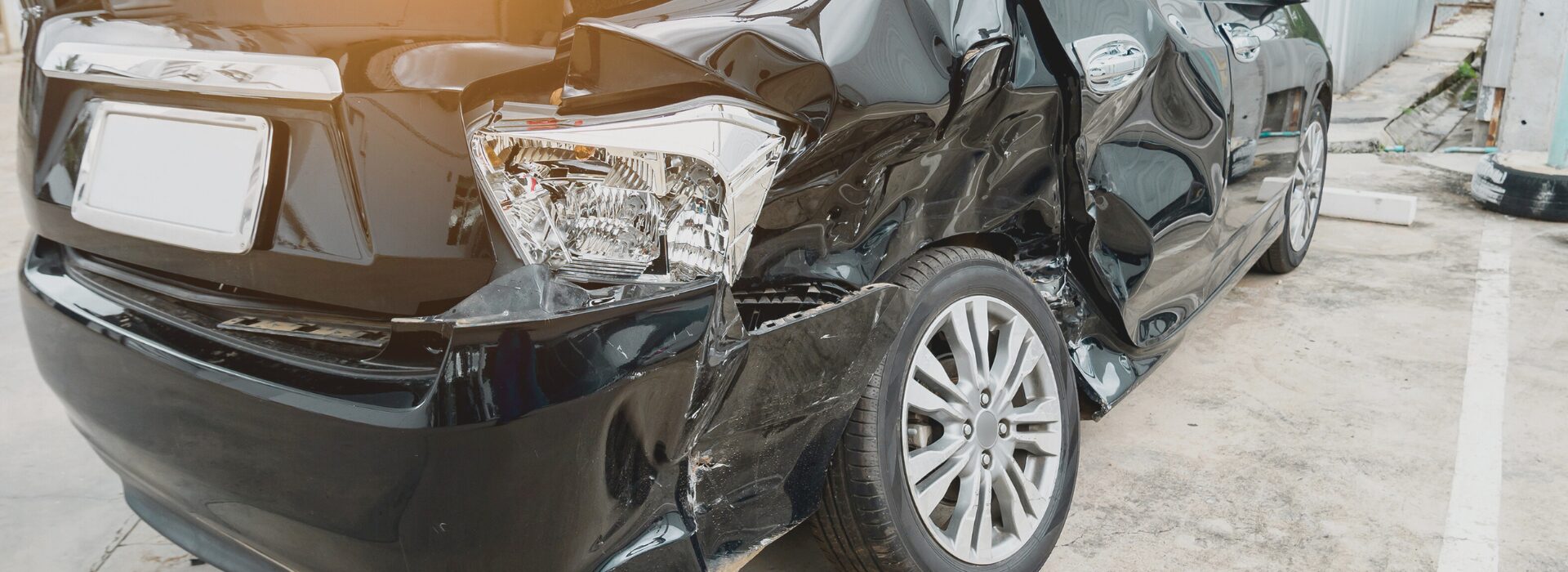The SPF-1 is the standard form owners automobile insurance policy in Alberta. It is the same for anyone who holds it. The SPF-1 is broken down into three primary sections: Section A, Section B, and Section C.
When you or a loved one gets into an accident, your life is thrown off-kilter. You have to care for your loved one or yourself while still trying to stay on top of responsibilities for work and for running your household. Having to navigate the auto-insurance regime in Alberta can be confusing, confounding, and disorienting. Especially if you are unfamiliar with the process. One of the most common insurance policies in the province is the SPF-1. You might wonder what exactly is the SPF-1, how it works, and how it affects your situation.
In Alberta, you require automobile insurance by law on your vehicle, in particular, you require coverage for accident benefits and for third-party liability. Coverage such as collision and comprehensive coverage is optional and not required by law. Below we will outline the different sections of SPF-1 coverage.
SPF-1 – Section A Coverage
One of the biggest concerns people may have especially if they are at fault for the accident is the possibility of a lawsuit. Most people don’t have a surplus of funds to pay out for a settlement. This is where your insurance kicks in to provide you with peace of mind.
For your SPF-1, section A or third-party liability coverage is what protects you in the event you get into a motor vehicle accident and cause someone to suffer injury, or you damage their property. Under section A coverage the insurer agrees to pay for your liability within the policy limits where such an accident occurs. Anyone who drives your vehicle with your permission will also be considered to have coverage under section A.
As you may have guessed by now when you bring a personal injury lawsuit you are suing on the section A coverage of the other drivers SPF-1. Section A coverage must by law be at least $200, 000.00 though frequently limits of at least $1, 000, 000.00 will be obtained. If the damages claimed were proven and exceeded the limit specified in the policy, then the insured would be open to personal liability for any amount in excess of the limit.
The SPF-1, section A coverage makes clear that the insurer has an obligation to defend you in the course of any civil suit that may arise from personal injury or property damage. This may entail appointing a lawyer to act as your defence where appropriate.
The SPF-1 thus serves a protective purpose through its section A coverage against liability.
Section B Coverage
You may ask how am I supposed to get better? Physiotherapists, massage and chiropractic treatments can get expensive and you want to treat your symptoms and focus on getting better.
Your SPF-1’s, section B coverage is also known as your accident benefits coverage. This is considered no-fault coverage, meaning that even if you are at fault in the accident you are still entitled to what is provided for under Section B of your policy. Section B is what pays for your treatments, it allows you to obtain medically necessary services that are needed to assist you in your recovery. This generally means if a doctor or a medical professional has determined that a treatment is medically necessary that you can claim it under your section B coverage. For more information about Section B Benefits, please see our blog on the topic.
However, there are some conditions to this outlined in your SPF-1. First of all your section B coverage will last 2 years from the date of the accident. After which you will no longer have coverage and be able to claim treatments in this manner. It also has a maximum limit of $50, 000.00. Meaning treatments will only be covered up to this point. Further limits are specified for certain kinds of treatment. You have a limit of $1000 for chiropractic treatments per person, a limit of $350 for massage therapy, and a limit of $350 for acupuncture.
The SPF-1 also makes clear you may also be able to claim total disability benefits under your section B coverage though there are caveats to this. If you were employed at the date of the accident, and within 60 days of the accident your injury prevents you from performing any and every duty pertaining to your employment/occupation you may be eligible for a payment of the lesser of $600 per week or 80% of your average gross weekly earnings. A doctor must of course confirm that you are unable to work for you to be eligible. You also will not be able to claim these for the first week following the accident,
However even where you have been unemployed at the time of the accident the SPF-1 may still offer some assistance in terms of payment. Section B provides for a degree of payment where you have been completely incapacitated and are unable to perform any of your household tasks. In which case you may be eligible to receive a weekly payment of $200.00. A doctors note is likewise required for this.
The SPF-1 thus works to assist you in your rehabilitation and help you recover from your injuries.
Section C Coverage
You may also wonder about your vehicle; you might ask who is going to pay for the damage to it? Damage to your vehicle can be immensely stressful, especially when you use it to get to work, get groceries, take the children to school or any number of other reasons why you need mobility.
The SPF-1’s Section C coverage (if you have it) addresses the property damage on your vehicle. Under the new (Enhancing Driver Affordability and Care) Amendment Act, 2020 the Alberta government has changed the insurance regime such that if you are not at fault for an accident and the accident occurred after 2022 your insurer will still be the one to pay for your vehicle damage to the extent you are not at fault, even if you do not have collision coverage (this is also specified in section A.1 of the SPF-1).
The SPF-1 Section C coverage has 4 sub-categories. Collision coverage covers you regardless of whether you are at fault for the accident, if the accident happened pre-2022 this also means you would not have to speak to the other insurers collision adjuster but rather would deal exclusively with your own insurer. Comprehensive coverage covers you for any damage arising by reason other than collision. All perils coverage covers you for damage arising by any reason subject to policy exclusions. While specified perils will cover you for certain specified instances such as fire, theft, earthquake, riots, or civil commotion among others.
You will in most cases be required to pay a deductible on your SPF-1 section C coverage to receive payment through it. The insurer’s obligation to pay will only be the extent to which the damage exceeds the deductible. A deductible will also have to be paid if you claim for property damage through your own insurer under the new amendments.
When it comes to repairing your vehicle SPF-1 section C coverage can be very helpful to have.
James H. Brown and Associates Can Help!
While the SPF-1 and Alberta’s auto insurance regime can be daunting tasks to navigate, the above discussion has hopefully provided some clarification. If you have been injured in a motor vehicle accident, are looking to pursue compensation, and have questions about your SPF-1 policy call us today! We will work tirelessly to assist you as you seek the compensation you are entitled to. Our lawyers are knowledgeable, skilled and happy to speak to you about any concerns you may have about your SPF-1 coverage.


















